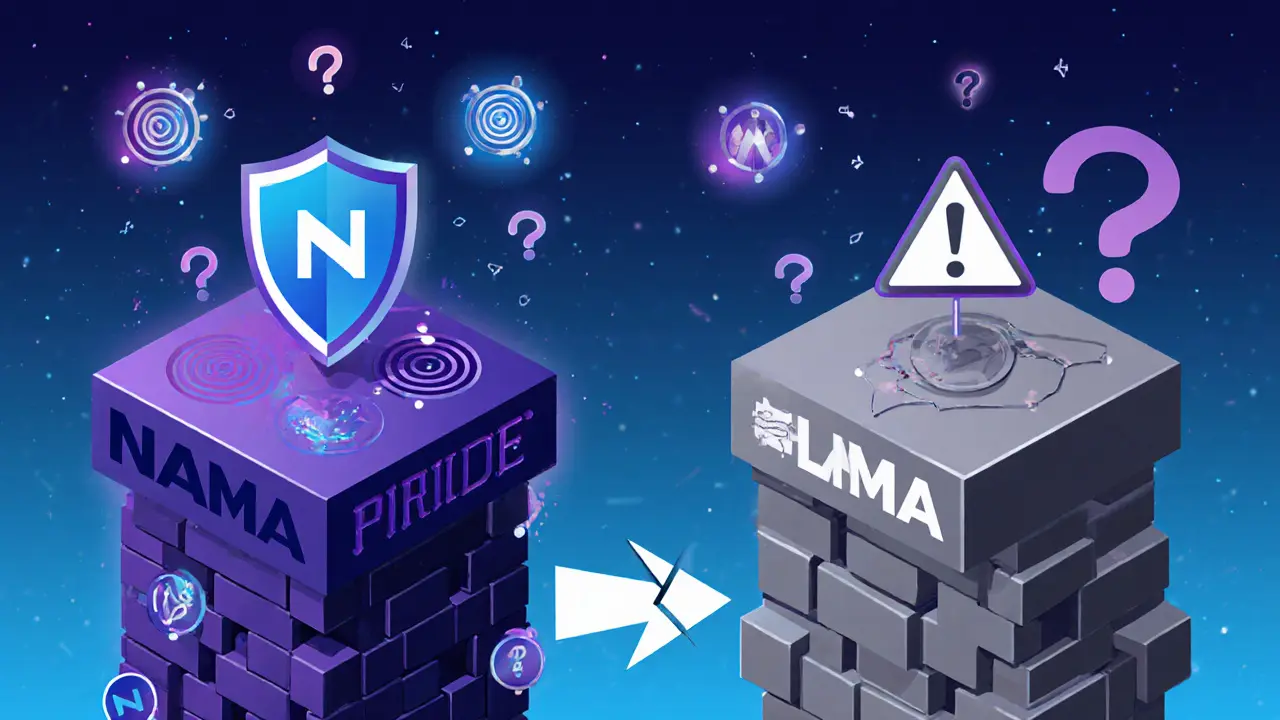NFT Liquidity: What It Is, Why It Matters, and How to Avoid Losing Money
When you hear NFT liquidity, the ability to buy or sell NFTs quickly without big price swings. Also known as NFT trading depth, it’s what keeps markets moving — but most people don’t realize how fragile it really is. Unlike crypto tokens, NFTs are unique, so finding buyers willing to pay your price isn’t easy. That’s why liquidity pools were created — to let people trade NFTs like they trade ETH or USDC. But here’s the catch: these pools are risky, often poorly funded, and full of traps.
Liquidity pools, smart contracts that hold pairs of assets to enable trading. Also known as NFT market-making pools, they let you deposit your NFTs and a matching token (like ETH) to earn fees. But if the NFT’s price moves too fast, you could lose money through impermanent loss, when the value of your deposited assets drops compared to just holding them. This isn’t theory — it’s happened to people who added rare PFPs to pools that got flooded with low-value copies. And if the project behind the NFT dies? Your token might vanish from the pool overnight. NFT liquidity doesn’t work like DeFi liquidity for ERC-20 tokens. NFTs don’t have uniform pricing, so algorithms struggle to balance them. Many pools are just gambling dens with fake volume, designed to lure in new buyers while insiders cash out.
Some projects claim high liquidity to sound legit — but check the numbers. Is the pool funded by real users, or just the team’s own wallets? Are trades happening at stable prices, or just spikes from bots? You’ll find real examples in the posts below: from failed NFT gaming projects that promised liquidity but vanished, to platforms that let you stake NFTs for yield — then disappeared with the funds. We’ve got reviews of exchanges that support NFT trading, breakdowns of how metadata links to assets (because if the link breaks, your NFT becomes a dead token), and deep dives into why most NFT liquidity schemes collapse within months.
There’s no magic fix. NFT liquidity is still experimental, and most people lose money trying to profit from it. But if you know what to look for — real volume, strong backing, transparent contracts — you can avoid the worst traps. Below, you’ll find honest breakdowns of what works, what doesn’t, and who’s really behind the scenes. No fluff. No hype. Just what you need to decide if NFT liquidity is worth your time — or your money.
NAMA Protocol Airdrop by Nama Finance: What Actually Happened and Why You Might Be Confused
NAMA Protocol by Nama Finance never ran an airdrop - the 65M token drop you heard about was from Namada (NAM), a totally different project. Learn the truth, avoid scams, and understand what each blockchain actually does.
learn more